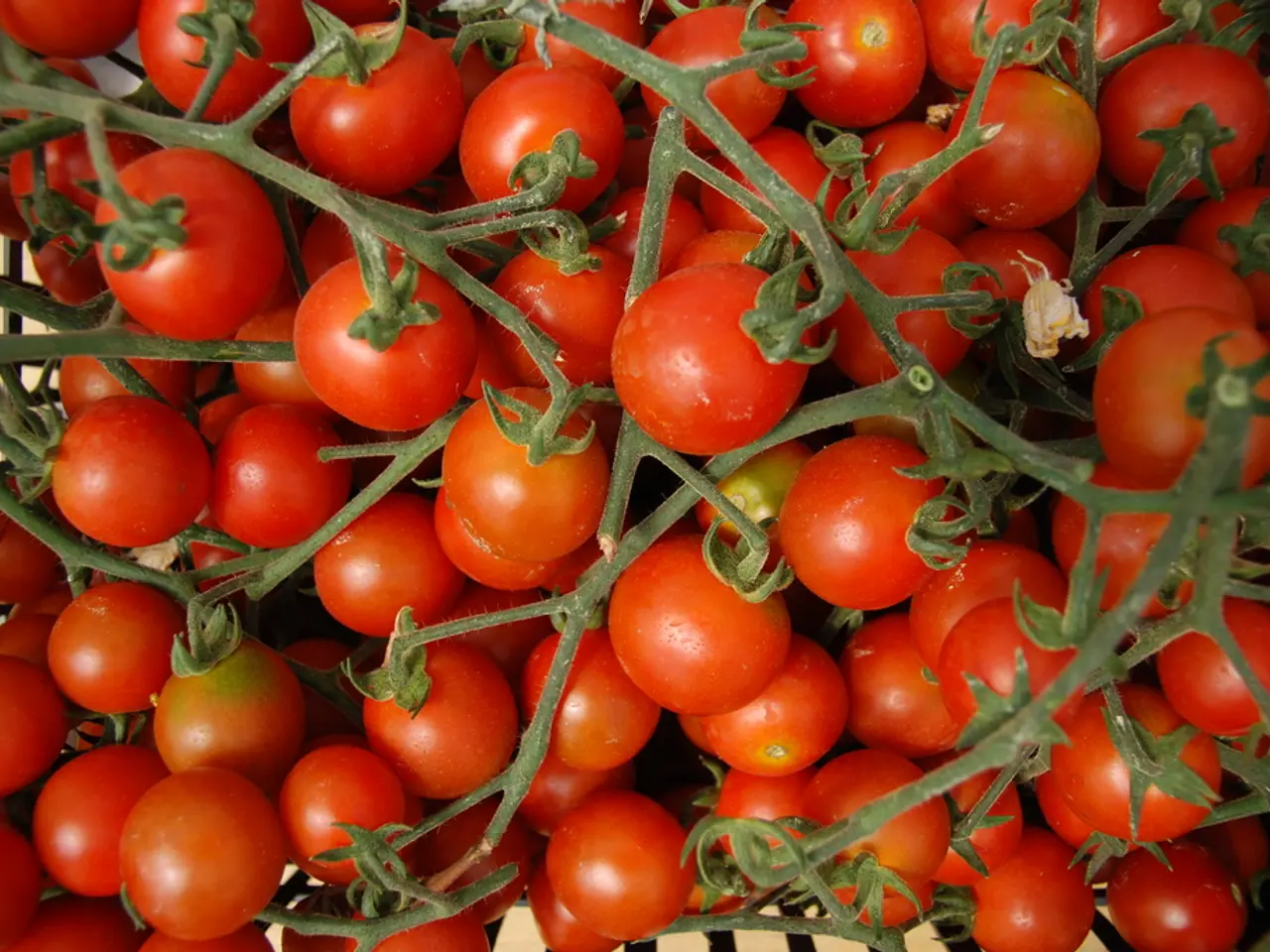Guidelines for Tomato Plant Trimming: Learn the Best Timing and Techniques for DIY Tomato Pruning
For those who love growing their own tomatoes, understanding the art of pruning can make a significant difference in the quality and quantity of the harvest. Here's a comprehensive guide to help you master the pruning techniques for indeterminate tomato plants.
**Pruning Suckers**
Pruning suckers is essential to control the plant's size and promote fruit production. Suckers are the shoots that grow from the joints where a leaf meets the main stem. To prune suckers, simply pinch or cut them off when they are small, ideally as soon as they appear. This prevents them from growing into branches that produce more leaves instead of fruit.
**Pruning for Air Circulation**
Good airflow is crucial in preventing diseases like fungal infections. To improve air circulation, remove lower leaves that touch the soil and thin out dense foliage periodically. This allows better air circulation within the plant.
**Pruning Schedule**
Start pruning when the plant is about 12-18 inches tall. Continue pruning every 10 to 14 days throughout the growing season. Pruning in the early morning on a dry day is best, as it allows pruning wounds to heal effectively.
**Supporting the Plant**
Indeterminate tomatoes are vining plants that benefit from support. Use trellises or cages to train the plant upwards, which helps manage space and encourages more fruiting.
**Avoid Over-Pruning**
Be careful not to over-prune, as this can stress the plant and reduce its yield. Remove only what is necessary to maintain the plant's health and promote fruit production.
By following these techniques, you can optimize the growth and yield of your indeterminate tomato plants. Early to mid-season tomato pruning involves snipping off flower clusters until the plants are at least 12-18 inches tall. In cooler climates, it is best to pinch off tomato plant suckers as soon as they appear. In warmer climates, the Missouri Pruning technique is used to save fruit from sunscald.
Late-season tomato pruning involves snipping off the growing tip of each main stem about four weeks before the frost is expected. It is safe to remove tomato suckers as soon as they reach about 2-2.5 inches in length.
Pruning tomato plants helps to create space for the plants to prosper and soak up as much sun as possible. If you don't prune your tomato plants, they will become overgrown, and some fruits will not be able to grow to maturity, resulting in smaller fruits overall.
Growing and harvesting your own tomatoes can be easier than you think, and with proper pruning practices, you can have a much larger yield with larger fruit.
Vegetable gardening, specifically indeterminate tomato gardening, is not just a home-and-garden activity; it's a lifestyle choice that can significantly impact your tomato harvest's quality and quantity. By pruning suckers, improving air circulation, following a pruning schedule, supporting the plant, and avoiding over-pruning, you can optimize your indeterminate tomato plants' growth and yield, leading to a bountiful home-grown tomato season.





